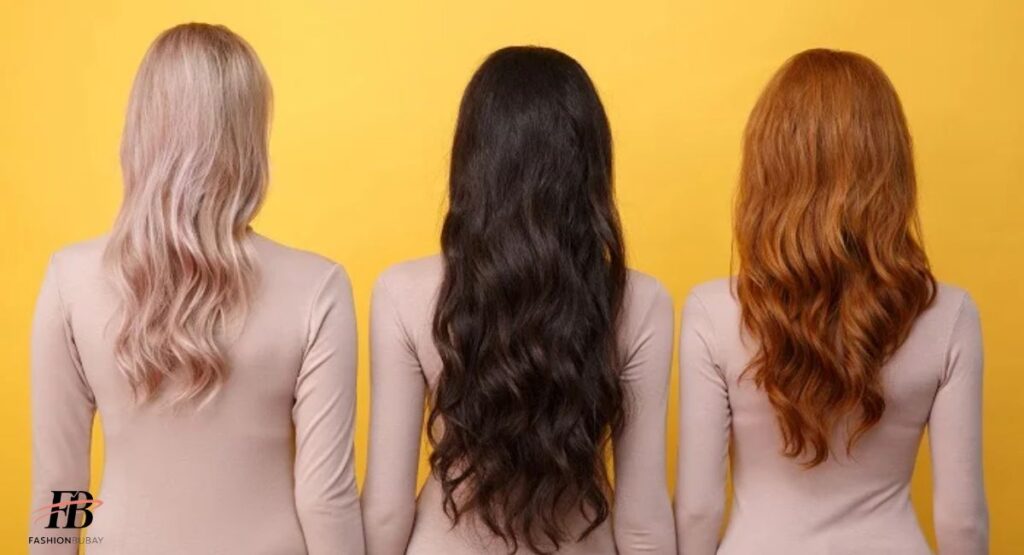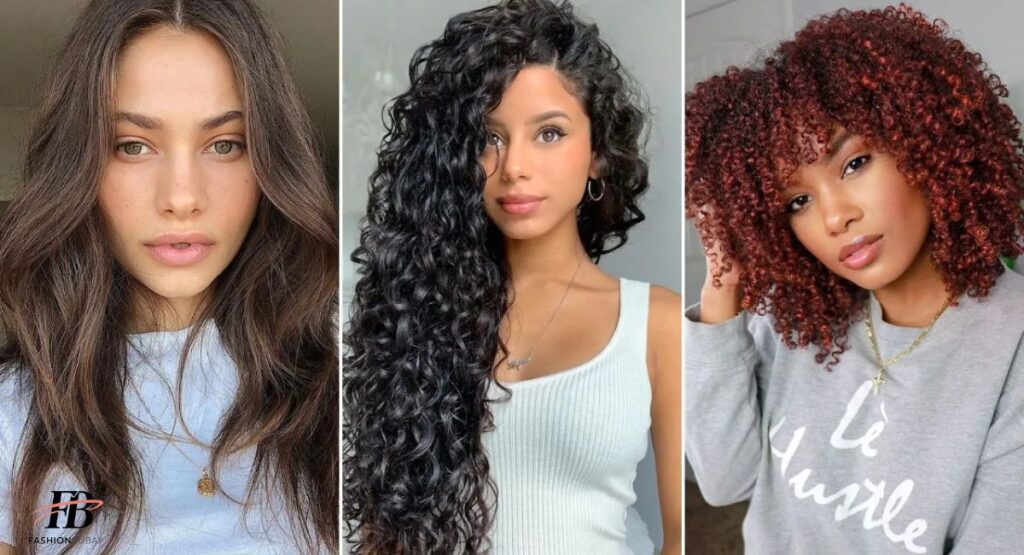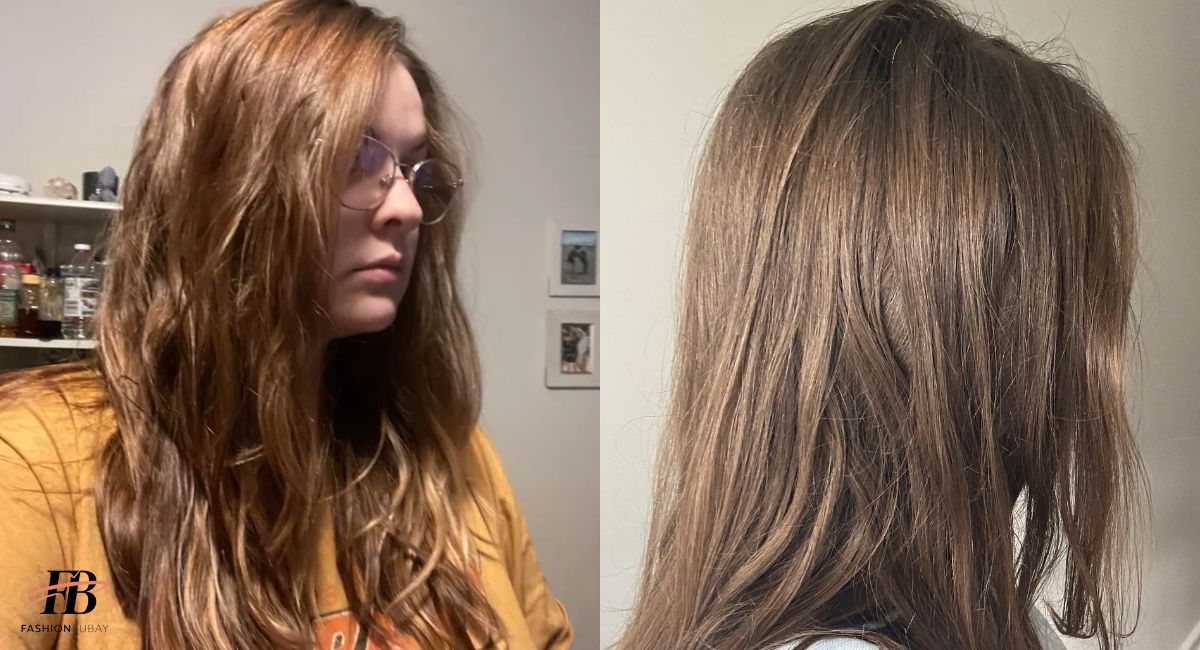As I hit my 30s, I noticed my once straight hair starting to wave. The change was gradual but it became clear over time. I figured this was just part of growing older and hormonal shifts. Embracing the new texture has become part of my hair journey.
At first I was frustrated with my hair new wave pattern. Straight hair was easy to manage, and this change caught me off guard. I tried to understand why my hair was changing and how to style it. Finding the right approach was key to handling this new look.
I learned that aging and hormones can alter hair texture. Environmental factors and hair care habits also play a role. Adjusting my routine and using new products helped. Embracing the change has made managing my hair easier and more enjoyable.
Key Takeaways
- Hair texture changes with age.
- Hormonal shifts can alter hair texture.
- Genetics play a role in hair changes.
- Environmental factors like humidity affect texture.
- Proper hair care helps maintain texture health.
- Embrace and adapt to your evolving hair.
Can Straight Hair Turn Wavy?
Yes, straight hair can become wavy over time. This change can be gradual and influenced by several factors. Hormonal shifts and aging often play a role. Environmental conditions and hair care habits can also contribute.
Heat styling tools like curling irons can create waves in straight hair. Braiding damp hair overnight is another simple method. Using products like sea salt sprays can enhance natural waves. These techniques help transform straight hair into a wavy look.
If your straight hair is turning wavy it is a normal process. Embrace the change and experiment with new styles. Adjust your hair care routine to suit the new texture. Enjoy discovering the versatility of your evolving hair.
Why does Hair Texture Change?
- Aging: Hair can become wavier or curlier as we get older.
- Hormonal Changes: Puberty pregnancy and menopause can affect hair texture.
- Genetics: Your family history influences how your hair changes over time.
- Environmental Factors: Humidity and pollution can alter hair texture.
- Hair Care Practices: Frequent heat styling and harsh chemicals can change hair texture.
Hair texture changes due to aging which can make it wavier or curlier. Hormonal shifts like during puberty or menopause also impact texture. Environmental factorssuch as humidity and pollution can alter how your hair feels and looks. Additionally hair care practices like frequent heat styling or chemical treatments play a role in these changes.
Change In Hormones

Hormonal changes can significantly impact your hair. During puberty pregnancy and menopause hormones fluctuate and can alter hair texture. These shifts might make your hair wavier or curlier. It is a normal part of how your body changes over time.
Stress and diet can also affect your hormones and, in turn your hair. Managing stress and maintaining a balanced diet can help keep your hair healthy. Understanding these hormonal effects helps in adapting your hair care routine.
Read This Blog: Sophie Cunningham Wife: Explore All About Virginia Murdoch
Diet Change
Hormonal changes can affect your hair. During puberty pregnancy or menopause hormones fluctuate and may alter your hair texture. These changes are a natural part of life. Managing your hormones can help maintain your hair’s health and appearance.
Diet changes also play a role in hair health. Reducing excessive sugars and salts can benefit your hair. Eating a balanced diet with a variety of nutrients supports healthy hair growth. Paying attention to what you eat helps keep your hair in good condition.
Adapting to these changes can improve how your hair looks and feels. Understanding how hormones and diet affect your hair allows for better care. Embracing a healthy lifestyle supports both your hair and overall well-being.
Change In In Humidity
Changes in humidity can affect your hair texture. High humidity makes hair swell and become frizzy. Low humidity can make hair flat and lose volume. Adjusting your hair care routine to the weather can help manage these effects.
Using the right products can also make a difference. Lightweight serums and anti-frizz sprays work well in humid conditions. In dry weather moisturizing shampoos and conditioners help keep your hair hydrated. Understanding how humidity affects your hair helps you maintain a healthy look.
Hairstyle
Hairstyles can impact your hair’s health and appearance. Tight styles and frequent heat use may cause damage or change texture. Using gentle hair accessories and avoiding harsh treatments helps keep your hair healthy. Changing your hairstyle regularly and caring for your hair can improve its look and feel.
- Keratin Treatment at Home: How to Apply Keratin Treatments Yourself
- Can Pregnancy Change Curl Pattern: Does Pregnancy Affect Your Curl Pattern?
- How to Make My Hair Straight Again: Ways to Revert Your Hair to Straight
- Awful Hair During Pregnancy: Dealing with Hair Issues During Pregnancy
- Hair Breakage During Pregnancy: Managing Hair Breakage While Pregnant
Pollution
Pollution can harm your hair health. Airborne particles and chemicals can settle on your hair causing dryness and damage. Pollution can strip away natural oils leading to dull and brittle strands. Regular washing and protective products can help minimize these effects.
Protecting your hair from pollution is essential. Use cleansing shampoos to remove impurities and consider wearing hats or scarves when outdoors. Choosing hair care products that shield against environmental damage can keep your hair looking and feeling healthy.
Age

As we age our hair texture can change. It may become wavier or curlier and hair might thin out or lose color. These changes are natural and part of the aging process. Understanding this helps in adapting your hair care routine.
To manage aging hair use products that add moisture and volume. Regular trims can keep your hair looking healthy and vibrant. Embracing these changes and adjusting your routine can help maintain your hair appearance over time.
Also Read This Blog: Sophie Cunningham Wife: Explore All About Virginia Murdoch
Hair Care Habits That Can Alter Hair Texture
Certain hair care habits can change your hair texture. Frequent use of heat tools like blow dryers and straighteners can cause damage. Harsh chemical treatments such as dyes and relaxers may alter your hair natural pattern. Being aware of these habits helps in maintaining healthy hair.
To protect your hair use heat styling tools sparingly and choose gentle hair products. Regularly trim your hair to prevent split ends and avoid over-processing. Adapting your hair care routine can help preserve your hair natural texture and health.
Proper Shampooing And Conditioning
Proper shampooing and conditioning are key to healthy hair. Use a shampoo that matches your hair type to clean your scalp without stripping natural oils. Apply conditioner to the ends of your hair to keep it moisturized and smooth. Avoid over washing as it can lead to dryness. Regular gentle washing helps maintain your hair health and texture.
Unintentional Damage From Hair Routines
Unintentional damage from hair routines can affect your hair health. Over-brushing can lead to breakage and split ends. Rubbing your hair with a towel too harshly may cause stress and damage. Tight hairstyles can weaken your hair and lead to thinning. Being mindful of your hair care practices helps prevent unnecessary damage.
Brushing
Brushing your hair correctly helps keep it healthy. Use a brush with soft bristles to reduce damage. Always brush gently to avoid breakage and split ends. It is best to brush your hair when it is dry or use a wide-tooth comb for wet hair. Proper brushing keeps your hair smooth and reduces tangling.
Signs That Straight Hair Is Wavy Or Curly
If straight hair starts to show waves or curls it is a sign of change. Look for natural waves after air-drying your hair. Notice if your hair frizzes or forms curls in humid conditions. These signs indicate that your hair may have a natural texture evolving.
Another clue is how your hair behaves after sleeping. If you wake up with waves or curls it might be naturally textured. Experiment with braiding or twisting your hair to see if it holds these patterns. Recognizing these signs helps you adapt your styling routine.
What Are The Different Hair Types And Textures?

Hair types include straight, wavy, curly, and coily. Each type has unique characteristics and needs specific care to stay healthy and look its best.
- Straight Hair: Lies flat and smooth with no natural curl.
- Wavy Hair: Has gentle waves or loose curls.
- Curly Hair: Forms tight bouncy curls or ringlets.
- Coily Hair: Features dense spring-like coils and tight curls.
- Each Type: Needs specific products and care for best results.
Frequently Asked Question
Why is my straight hair turning wavy and frizzy?
Your straight hair may turn wavy and frizzy due to hormonal changes or aging. Humidity and environmental factors can also cause these changes. Adapting your hair care routine can help manage the new texture.
Will straightened hair return to normal?
Yes straightened hair will gradually return to its natural texture over time. Regular trims and avoiding excessive heat can help. Patience and proper care support the natural transition.
Why did my straight hair turn curly male?
Straight hair can turn curly due to hormonal changes or genetics. Age and environmental factors may also play a role. It is a normal process and can vary from person to person.
Conclusion
Hair texture can change due to various factors like aging hormonal shifts and environmental conditions. As we grow older our hair may become wavier or curlier and hormones can influence these changes. Environmental factors such as humidity and pollution also play a role. Understanding these factors helps in adjusting your hair care routine to maintain healthy and vibrant hair.
Adapting your hair care practices is key to managing these changes. Use products that suit your hair type and protect it from environmental damage. Regular trims and gentle handling can prevent unnecessary breakage and damage. Embracing the natural changes in your hair and finding the right routine will keep your hair looking its best. Overall being aware of these factors helps you adapt and care for your hair effectively.











